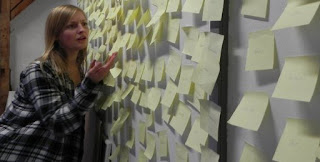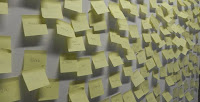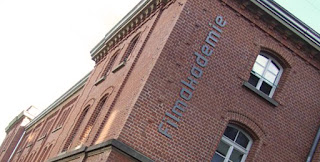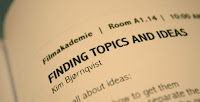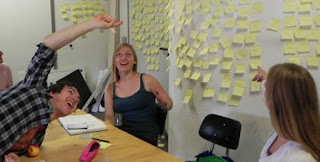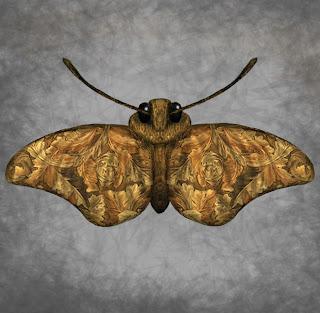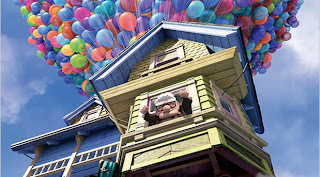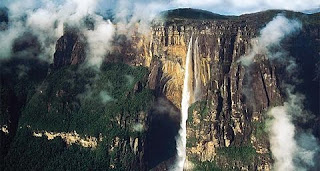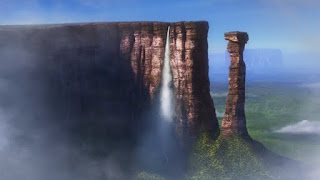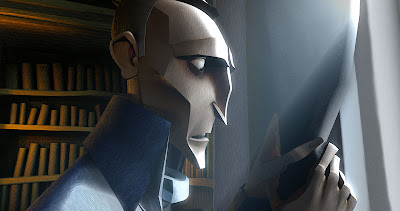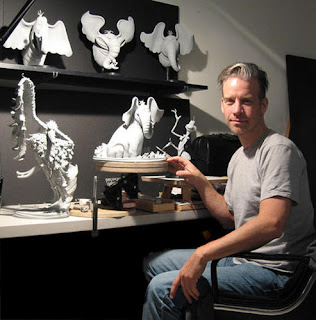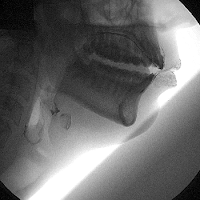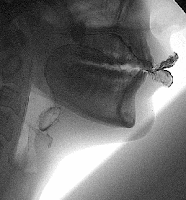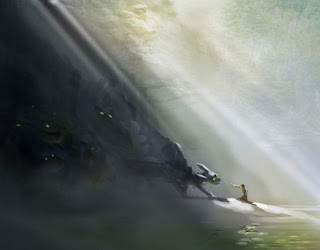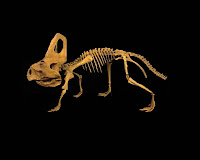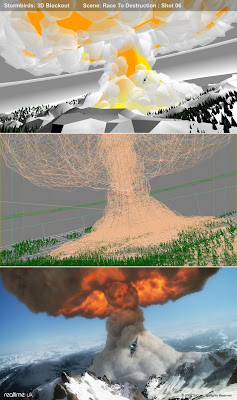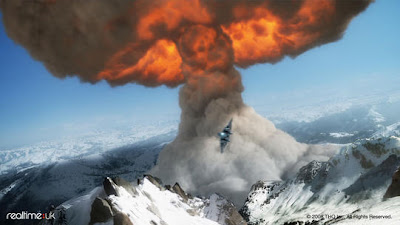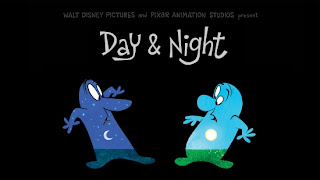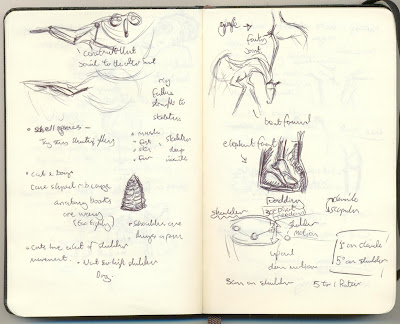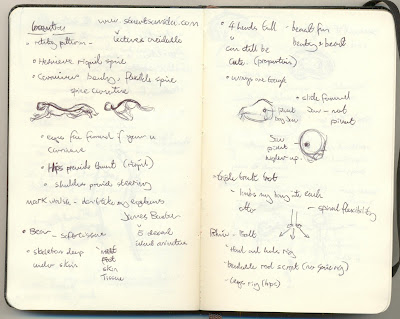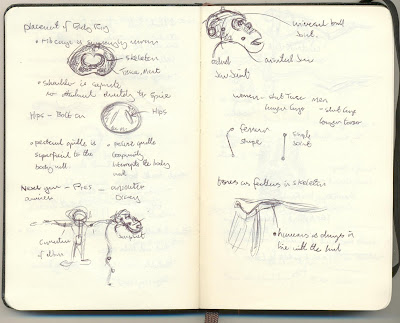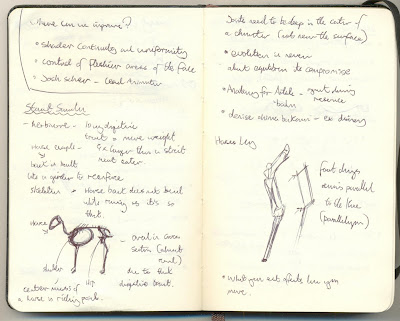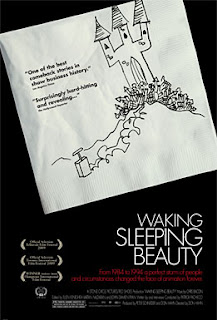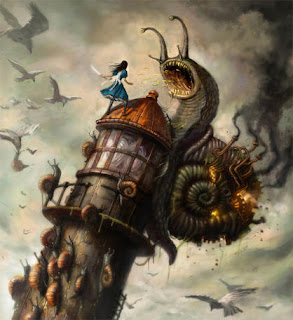The sculptor Michael Defeo talked at Animex 2010 on behalf of Blue Sky studios.
A brilliant artist, Defeo has a great deal of experience in the industry creating the final 3D designs for the infamous Scrat and many other characters including Sid from Ice Age and Horton from Horton Hears a Who.
The talk consisted of a brief description of Michael Defeo's career path and then into the technical aspects of what contributes to a good sculpture and how to approach character when sculpting.
Michael Defeo was heavily influenced by Ray Harry Hausen and this drove him to pursue the art of model making and sculpting. He initially moved into commercial advertising with creation of stop motion puppets. The founders of Blue Sky started out on the cult hit TRON and many years later created a film called Joe's Appartment featuring singing, dancing cockroaches. This was Defeo's first big film and he created the stop motion puppets for the feature, this project led to work on the popular Alien film and a CG short named Bunny. That short gained an oscar for best animated short in 1998 and the achievement set the ball rolling for Blue Sky's following features with the Ice Age franchise, Robots and Horton Hears a Who.
So here are the more technical and practical notes, Michael stressed that reference imagery when sculpting is extremely useful and that traditional art should be a constant influence. Working professionally in this area does mean collaboration with other artists and departments so it is best to expect plenty of limitations and changes to projects and designs at the most aggravating of times, this is the typical influence business has on art.
When sculpting Michael tries to capture story moments and dynamic poses to give a high level of expression to the characters. With these poses contrasting curves are best so that the sculpt attains a good composition. Developing the 3D forms requires an understanding of the hierarchy of forms, meaning seeing planes in the cross sections of the characters shape. Starting with the general planes allows a block out of the form which which can then be worked down and detailed with greater precision later on. When Defeo sculpts he feels as though he is the character and this allows him, much like an animator, to empathise with the personality in his work.
Recently Defeo has discovered the wonders of Pixologic's ZBrush software. This has since made his traditional clay sculpting take a back seat although the general theory of sculpting remains the same. Now with ZBrush he will start with a ZSphere, its edge loops in the right places for the model, and sculpt from a side view to achieve the correct profile. Making the sculpt small on screen at certain points allows the sculptor to see how it reads better.
Michael specifically mentioned a few character design aspects while quickly walking the audience through a typical example of his work. The hair on the female bust he had modelled used a helix like shape for a twisted effect with indents applied behind the actual curl for depth, this looked brilliant. Another point was that the upper eyelids of characters should be "chunky" which is often a fault with many character designs so make your characters upper lids thick.
A massive drawback with CG was that it was stuck in the computer and there was nothing physically there to touch however now with 3D printing digital master pieces can be brought into reality through resin or plastic. The Invision 3D printer is a favourite of Michael's although the cost of the kit is well beyond many of us especially recent graduates and students. Still, a really interesting selection of images were shown of his 3D prints for Ice Age, some of which have been released as model kits publicly.
Another brilliant sculptor who wasn't mentioned in the talk but has designed for Kung Fu Panda, Ratatouille and Madagascar to name a few is Damon Bard. His professional site is: http://www.bardsculpturestudio.com/
deffinitely worth checking out his work
Michael Defeo gave a brilliant presentation and after talking to him I managed to muster a few interesting pointers on modelling in clay. The arrival of ZBrush has allowed the experimentation of ideas in 3D to be a lot easier for people like Michael however the wow factor of having something physically sculpted in front of you makes clay still a brilliant medium. I hope these notes are helpful to people, I didn't get everything down from this talk due to the sheer amount of information but hopefully I captured most of what was said. The next Animex post will be my notes from Andrew Shmidt's talk for Pixar so keep an eye out for that.
 We embraced our crazy, nonsensical sides as we scribbled ludicrous and seemingly irrelevant ideas onto post-it notes. The exercise was aimed at “widening our span of relevance”, Kim explained how the General Stamford model of idea development is commonly used but not very effective.
We embraced our crazy, nonsensical sides as we scribbled ludicrous and seemingly irrelevant ideas onto post-it notes. The exercise was aimed at “widening our span of relevance”, Kim explained how the General Stamford model of idea development is commonly used but not very effective. 